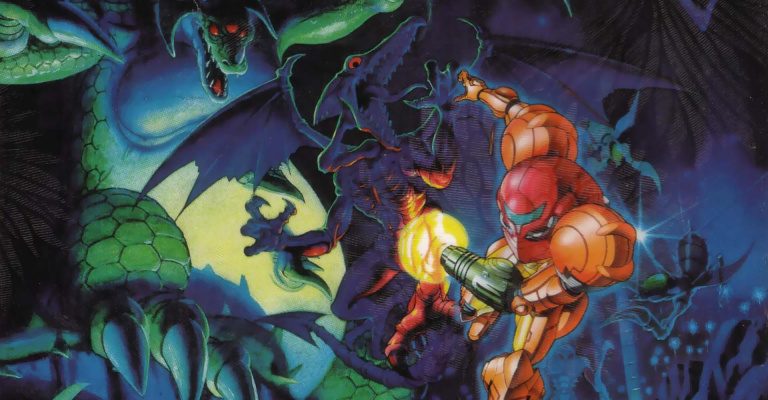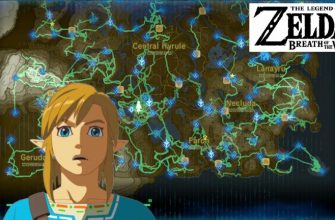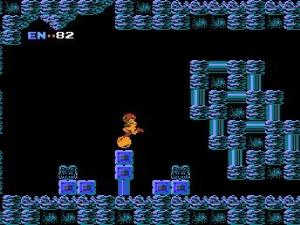
In 86, Metroid was released on NES. Directed by Yoshio Sakamoto from an original idea by Gunpei Yokoi, the inventor of the Game Boy, Metroid is inspired by other Nintendo successes to develop its core gameplay. Blending the 2D platform inherited from Super Mario Bros. with the open world and non-linear progression of Zelda, this action game creates its own identity. Access to certain areas is locked and the player must find different power-ups that will allow him to unlock previously blocked passages. In this adventure, we control Samus, a bounty hunter equipped with overpowered and scalable armor. The game world draws on the imagery and storyline of Ridley Scott’s Alien to create an oppressive and menacing world. Powerful alien creatures, through the badass heroine, to the name of the main antagonist of the series borrowed from the director of Alien … The references are omnipresent. The press of the time greeted this adventure game which then sold at 1 million units in Japan. A decent performance that does not reach the full boxes of other major Nintendo licenses.
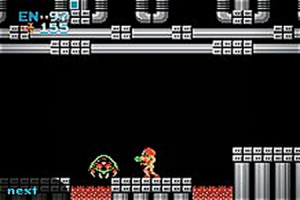
The series then makes a detour to the Gameboy with Metroid 2: Return of Samus. This episode divides the players. Much less open, the sets do not manage to restore the same gigantism as those of the first opus. Indeed, the technical limitations of the Gameboy force the teams working on this episode to make concessions. In this opus, Samus is sent by the Federation, a sort of small group trying to maintain balance in the galaxy, to annihilate the metroid race. Defeating a certain number of them will lower the level of the lava and progress deep into the home planet of the Metroids. In retrospect, this tighter structure will have less appeal to players and critics.
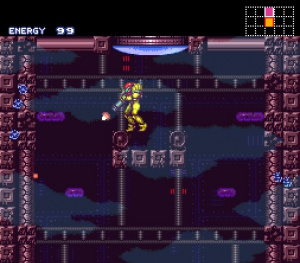
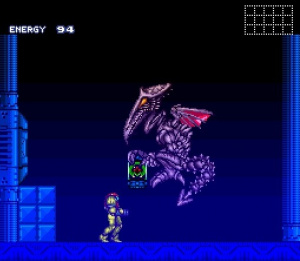
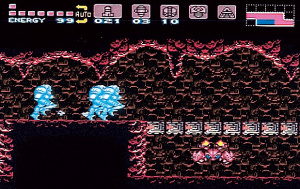
It is in 94 that the license takes all its magnitude, because Super Metroid, or Metroid 3, leaves on Super Nes. Acclaimed by all editors around the world, this episode perfects the formula of the first and exploration is more central than ever. Samus travels the planet Zebes through oppressive mazes and gains strength as the game progresses. Visually sublime, it has a fantastic atmosphere and music that will stand out. Its level design still impresses today and its timelessness has made it one of the most popular games in the speedrun scene. Many categories have made the discipline fascinating, such as the Reverse Boss Order which requires the player to beat the boss in the opposite direction to that intended by the game.
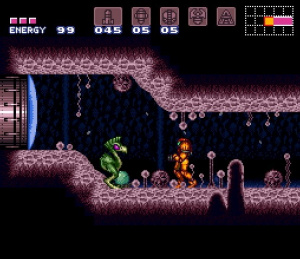
Although it marked the players and motivated many super players to challenge themselves, it is the entire industry that Super Metroid will have influenced. The Castlevania license ended up moving away from its more traditional structure and approaching that of Nintendo’s game with Symphony of the Night. These two games are the standard meters of the genre to which they give their name: metroidvania. Super Metroid has had a huge impact on many game designers in the indie scene, as evidenced by the astronomical number of titles that have been inspired by it. This third opus is very regularly cited among the greatest games of our medium. But despite its status as a cult game, an iconic and foundational work, Super Metroid has not met the commercial success it deserves. In 2003, almost 10 years after its release, only 1.42 million units sold worldwide. The license is struggling to come out of the shadow of Nintendo’s other great sagas and multiplies bad timings. At the time, all gamers looked to the PlayStation, the 64, the Saturn and, more generally, 3D. On the shelves, Super Metroid faces off against Final Fantasy VI and Donkey Kong Country.
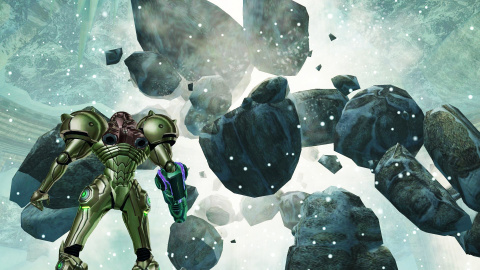
The license will never be a real commercial success, despite its excellent reviews and highly qualitative games. Metroid Prime breathes new life into the series and sells over 2 million copies. A good score for the series given the relative success of the Gamecube, but far from the 6 million Mario Sunshine or the 8 million Twilight Princess. Still, this immersion in Samus’s helmet and the switch to 3D is a great success. The player controls the bounty hunter in first person and is fully immersed in the interconnected mazes of hostile planets. Without forgetting its roots, Metroid Prime innovates brilliantly and introduces the license to a whole different audience. The developers of Retro Studios prove that they have perfectly integrated the DNA of the license and render it perfectly. The 2D episodes, for their part, continue their way on portable console via the excellent Fusion and Zero Mission.
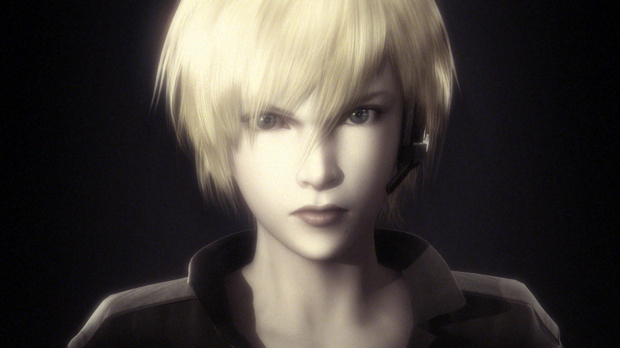
After the Prime trilogy, the license is rarer and only Other M – often criticized for its approach to the character of Samus – and Samus Returns – a 3DS remake of the second episode – ensure continuity for the saga. (No, we won’t discuss Federation Force). And if we don’t yet know how long we’ll have to wait for Metroid Prime 4, we can check out the conclusion of Samus’ arc in Metroid Dread on October 8th.
Video games wouldn’t be quite the same without Metroid. Its wildly elegant game design has marked a whole generation of players and creatives. Hopefully, with Dread and Prime 4, the license will manage to exceed its status as an insider series in order to reach the general public and guarantee a bright future. What is certain is that she deserves it.

